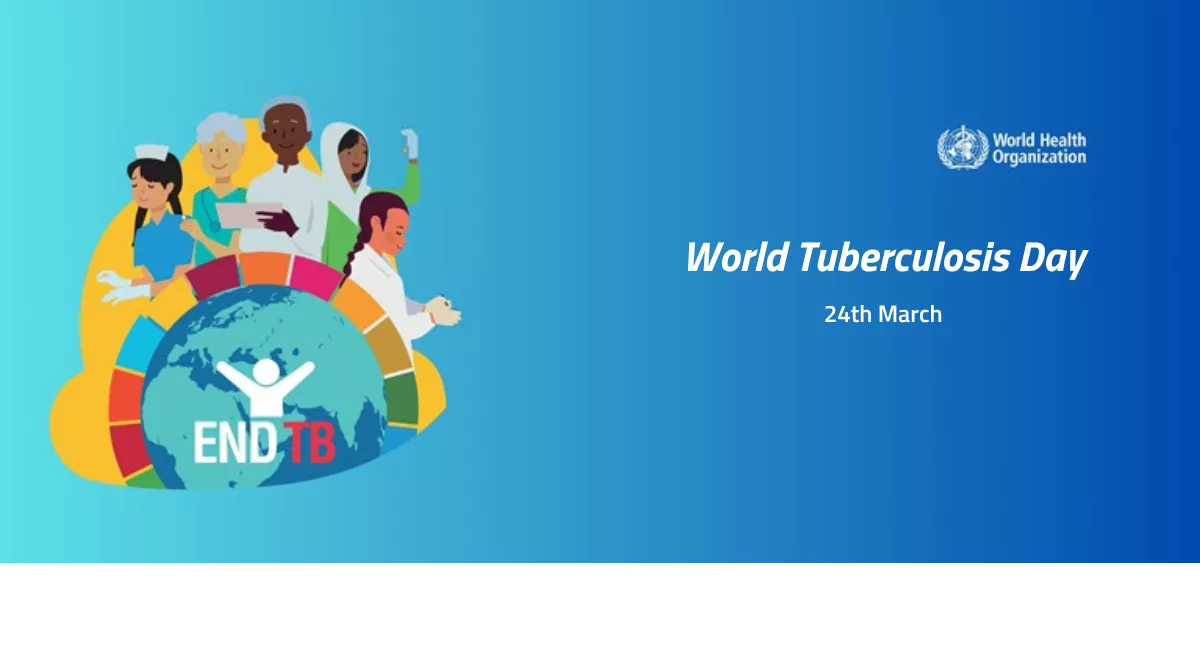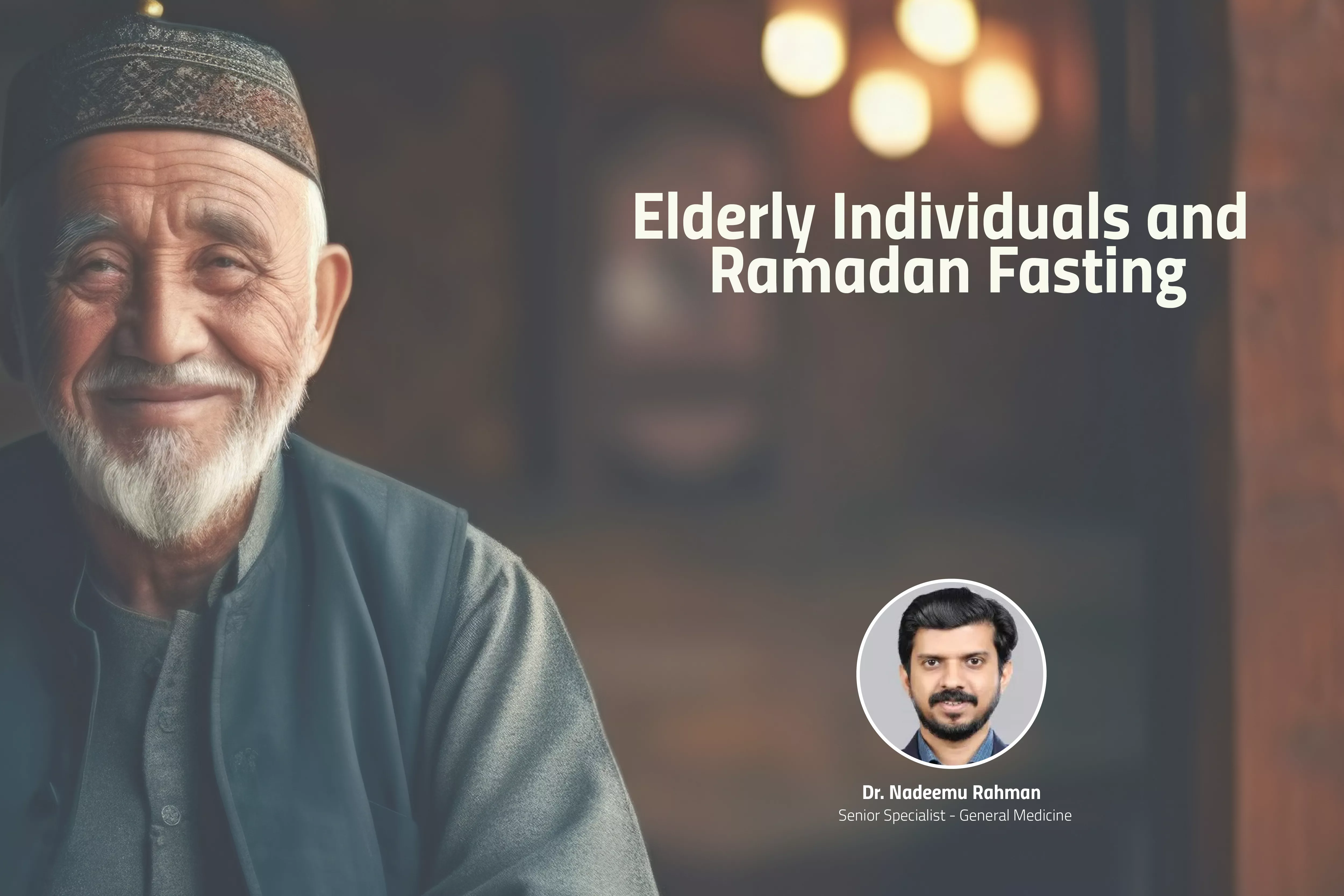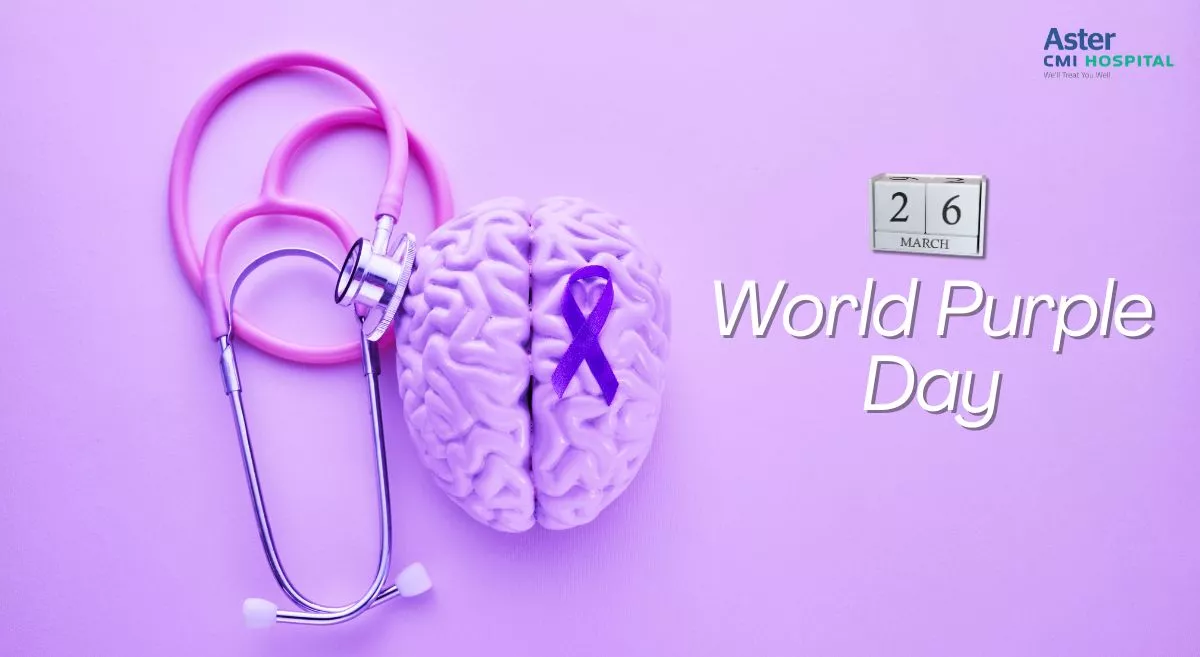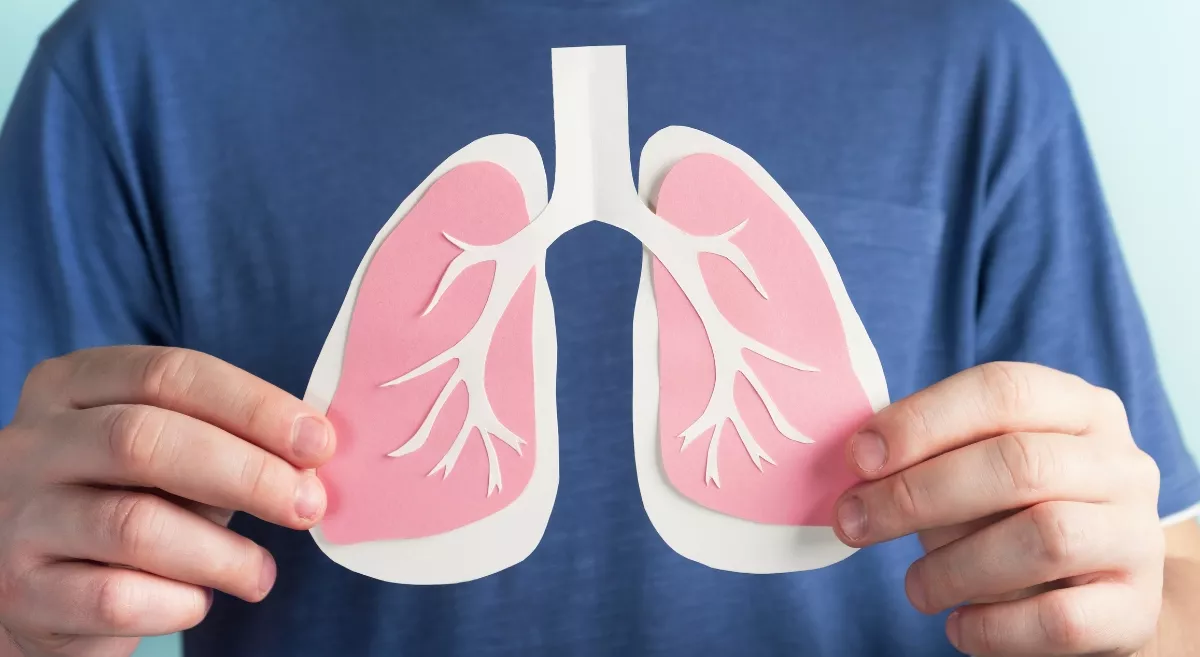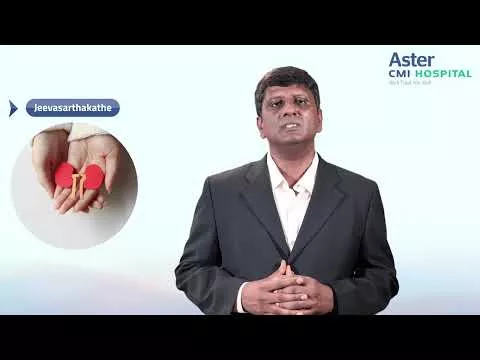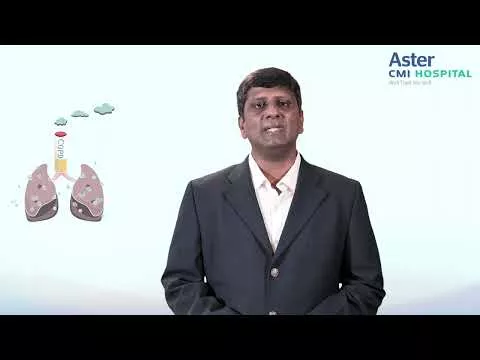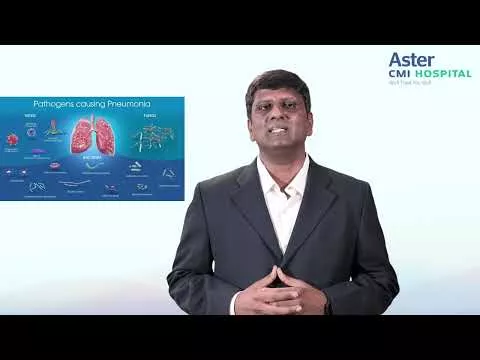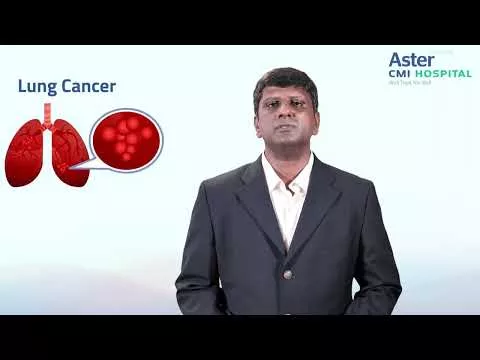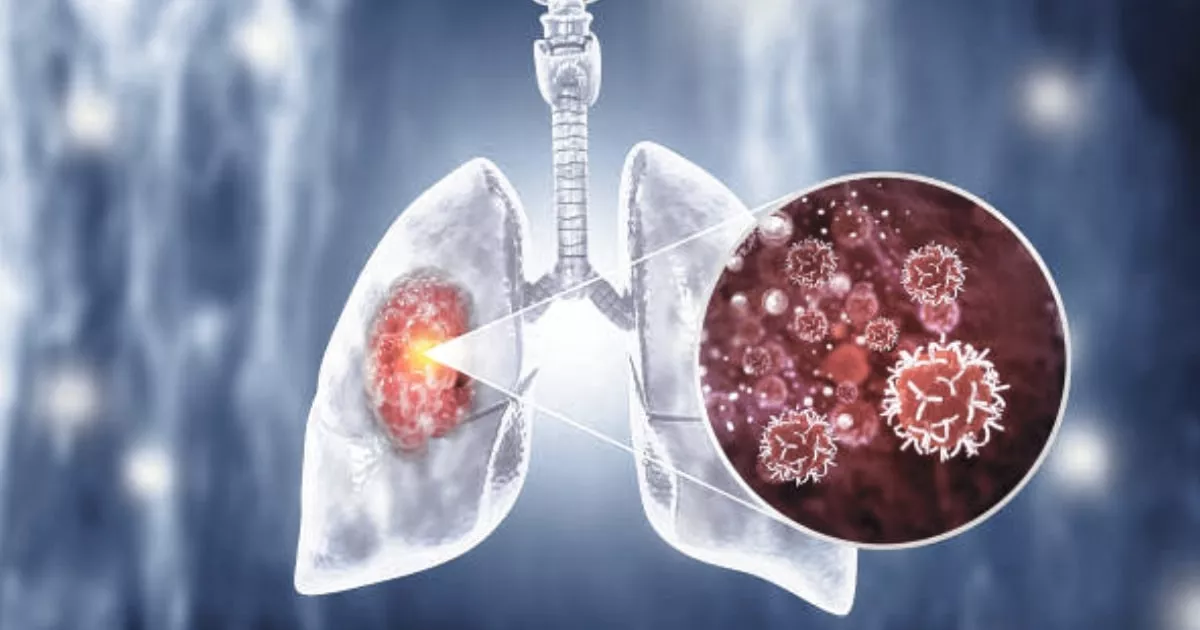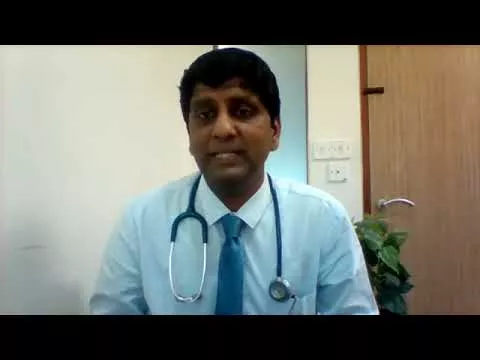Tuberculosis (TB) remains one of the world's most persistent health challenges, causing death of 1.25 million lives in 2023 alone. Each year, March 24th marks World Tuberculosis Day, a day dedicated to raising public awareness about the devastating health, social, and economic consequences of TB and stepping up efforts to end the global TB epidemic. The date is the discovery of the TB bacterium by Dr. Robert Koch in 1882, which opened the doors to the diagnosis and treatment of this fatal disease. In 2025, the theme is "Yes! We Can End TB: Commit, Invest, Deliver," which is a call to action by a collective appeal to end TB through continued commitment, financial investment, and proper delivery of interventions.
What is Tuberculosis?
Tuberculosis is caused by Mycobacterium tuberculosis bacteria and is an infectious disease. Tuberculosis mainly affects the lungs (pulmonary TB) but may also affect other organs, such as the kidneys, spine, and brain (extrapulmonary TB). It spreads through droplets in the air when a person coughs or sneezes.
Although most individuals with TB bacteria are not necessarily aware of it (latent TB), as it doesn’t show symptoms right away. It becomes active and infectious if the immune system is compromised. TB can be fatal if left untreated.
What are the Symptoms of Tuberculosis?
The symptoms of Tuberculosis (TB) depend on the nature of the infection, but commonly seen symptoms include:
- Continuous coughing for over three weeks
- Blood or mucus coughing
- Chest pain
- Unintentional weight loss
- Loss of appetite
- Night sweats
- Fever and chills
- Weakness and fatigue
If you find yourself suffering from any of these symptoms, particularly if you are in contact with a TB patient, it is advised to visit the doctor for early diagnosis and testing.
What are the Causes and Risk Factors of TB?
TB is caused by Mycobacterium tuberculosis, which is transmitted in the air when an infected individual speaks, sneezes, or coughs. Yet not all individuals who are exposed to TB bacteria will become sick with active disease. Various factors put a person at risk for TB, such as:
Compromised immune system (HIV/AIDS, diabetes, cancer chemotherapy, organ transplant)
Malnutrition and poor living conditions
Proximity to an infected individual
Smoking and drug abuse
Traveling or living in TB-endemic regions
How to diagnose Tuberculosis?
Prompt diagnosis is essential for stopping the spread of TB. Some of the common diagnostic tests are:
1. Sputum Test: Microscopic examination of a sample to identify TB bacteria is a gold standard.
2. Chest X-ray or CT scan: To identify lung abnormalities in suspected cases of TB.
3. Molecular test: Molecular test like gene expert not only picks up TB, even the resistance part also will be highlighted.
4. Tuberculin Skin Test (TST) / QuantiFERON-TB Gold (QFT): TST/QFT is done to pick up latent Tuberculosis.
Treatment Available for Tuberculosis
TB can be cured, but treatment needs to be strictly followed. The standard treatment is a 6-month course of antibiotics, consisting of:
- Isoniazid (INH)
- Rifampicin (RIF)
- Pyrazinamide (PZA)
- Ethambutol (EMB)
Stopping the medication prematurely may result in drug-resistant TB (MDR-TB), which is more difficult to treat and takes longer and costs more. Thus, it is advised to get proper consultation of the expert and follow the treatment thoroughly.
Prevention of Tuberculosis
To prevent tuberculosis, the strategies focus on reducing the transmission and building the immunity. The following measures should be considered:
BCG Vaccine: Vaccination against childhood that provides protection from dangerous cases of TB.
Early Diagnosis and Treatment: Identifying and treating patients of TB immediately in order to halt its transmission.
Good Ventilation and Sanitation: TB bacteria grow in crowded and unsanitary conditions.
Healthy Lifestyle: Regular healthy food intake, hygiene practice, avoiding the consumption of cigarettes or alcohol so as to preserve a strong immune system.
What is World TB Day 2025's theme?
The theme for this year, "Yes! We Can End TB: Commit, Invest, Deliver", emphasizes the need for action by all of us in combating TB. Governments, health organizations, and people need to unite to:
- Commit to ending TB through policies, campaigns, and community engagement.
- Invest in research, new vaccines, improved treatments, and improved healthcare infrastructure.
- Deliver quality TB care, ensuring timely diagnosis and treatment of patients, particularly in high-burden areas.
The issue focuses on how ending TB is not only a health concern but also a world priority that necessitates political commitment, financing, and innovation.
Global Action Towards the End of TB
The World Health Organization (WHO)and other worldwide health organizations have established various initiatives to fight against TB, such as:
- End TB Strategy (WHO Target): Works towards minimizing TB deaths to 90% by 2030.
- Stop TB Partnership: An international mobilization to increase action against TB.
- New TB Vaccines and Treatments: Research continues to create improved vaccines and shorter, more efficient drug regimens.
- Global Fund for TB, HIV, and Malaria: Offers funding to high-burden countries.
When to See a Doctor
See a doctor if you:
- Have a cough that lasts over three weeks.
- Have unexplained weight loss and night sweats.
- Have been in close contact with a TB patient.
- Have a compromised immune system and are susceptible to TB infection.
Early diagnosis and treatment save lives and prevent TB from spreading to others.
Conclusion
World Tuberculosis Day reminds us that TB can be prevented and cured but needs action on a global level. The "Yes! We Can End TB" slogan is a reminder for all of us to commit, invest, and deliver in the elimination of TB. Through awareness, medical research support, and access to healthcare, we can strive to make the world TB-free.
Let's join hands and say YES to stopping TB!
